 Study finds the wettability of porous electrode surfaces is key to making efficient water-splitting or carbon-capturing systems.
Study finds the wettability of porous electrode surfaces is key to making efficient water-splitting or carbon-capturing systems.
Friday, March 26, 2021
Controlling bubble formation on electrodes
 Study finds the wettability of porous electrode surfaces is key to making efficient water-splitting or carbon-capturing systems.
Study finds the wettability of porous electrode surfaces is key to making efficient water-splitting or carbon-capturing systems.
Plasmon-coupled gold nanoparticles useful for thermal history sensing
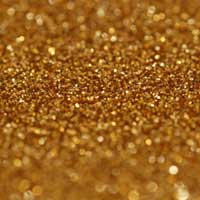 Researchers have demonstrated that stretching shape-memory polymers embedded with clusters of gold nanoparticles alters their plasmon-coupling, giving rise to desirable optical properties.
Researchers have demonstrated that stretching shape-memory polymers embedded with clusters of gold nanoparticles alters their plasmon-coupling, giving rise to desirable optical properties.
Pressure sensor with high sensitivity and linear response based on soft micropillared electrodes
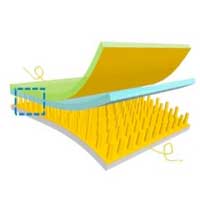 Researchers have improved the deformability of the sensor structure by designing a flexible electrode with a surface micropillared structure with a large aspect ratio that is easy to buckle and lose stability.
Researchers have improved the deformability of the sensor structure by designing a flexible electrode with a surface micropillared structure with a large aspect ratio that is easy to buckle and lose stability.
DNA-metal double helix
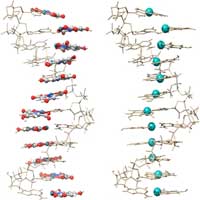 Single-stranded DNA as supramolecular template for highly organized palladium nanowires.
Single-stranded DNA as supramolecular template for highly organized palladium nanowires.
Measuring the topology of a polaritonic analog of graphene
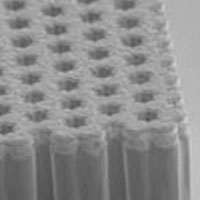 A recent study reports the measurement of topological invariants in artificial graphene.
A recent study reports the measurement of topological invariants in artificial graphene.
Tuning of one atomic layer unlocks catalytic pathway
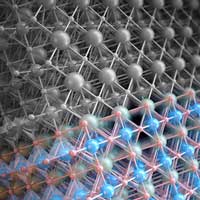 An atomically precise surface probe helped researchers discover that a catalyst can be activated by tuning the composition of just one atomic surface layer.
An atomically precise surface probe helped researchers discover that a catalyst can be activated by tuning the composition of just one atomic surface layer.
How to make atomic-scale superconductors resistant to magnetic fields
 Scientists discovered that a superconductor with atomic-scale thickness can retain its superconductivity even when a strong magnetic field is applied to it.
Scientists discovered that a superconductor with atomic-scale thickness can retain its superconductivity even when a strong magnetic field is applied to it.
Inexpensive tin packs a big punch for the future of supercapacitors
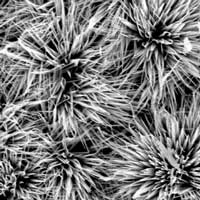 Researchers have developed a better material to improve connectivity while maintaining recyclability and low cost.
Researchers have developed a better material to improve connectivity while maintaining recyclability and low cost.
Sorting out nanodiamonds with fluorescent centers (w/video)
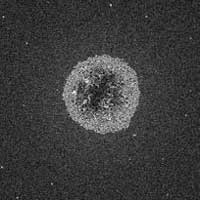 Scientists have developed a method to use lasers to control the movement of nanodiamonds with fluorescent centers.
Scientists have developed a method to use lasers to control the movement of nanodiamonds with fluorescent centers.
Researchers harvest energy from radio waves to power wearable devices
 Researchers developed a stretchable wideband dipole antenna system capable of wirelessly transmitting data that is collected from health-monitoring sensors.
Researchers developed a stretchable wideband dipole antenna system capable of wirelessly transmitting data that is collected from health-monitoring sensors.
Looking at the potential for a new magnetised nanoparticle to treat brain cancer
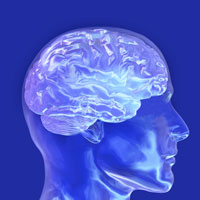 Scientists found new magnetised nanoparticle can be used in combination with other therapies, such as magnetic heat therapy, to potentially treat brain cancer.
Scientists found new magnetised nanoparticle can be used in combination with other therapies, such as magnetic heat therapy, to potentially treat brain cancer.
Subscribe to:
Comments (Atom)
